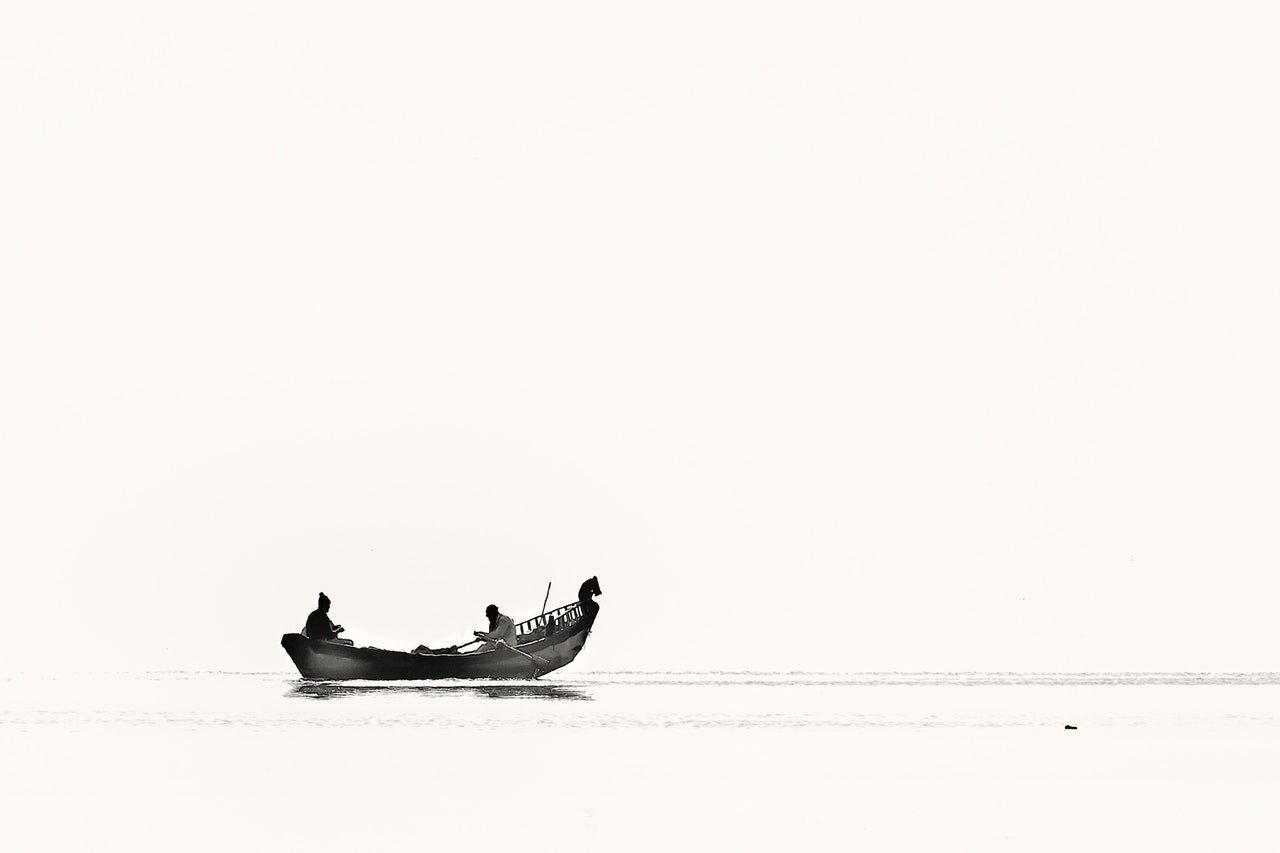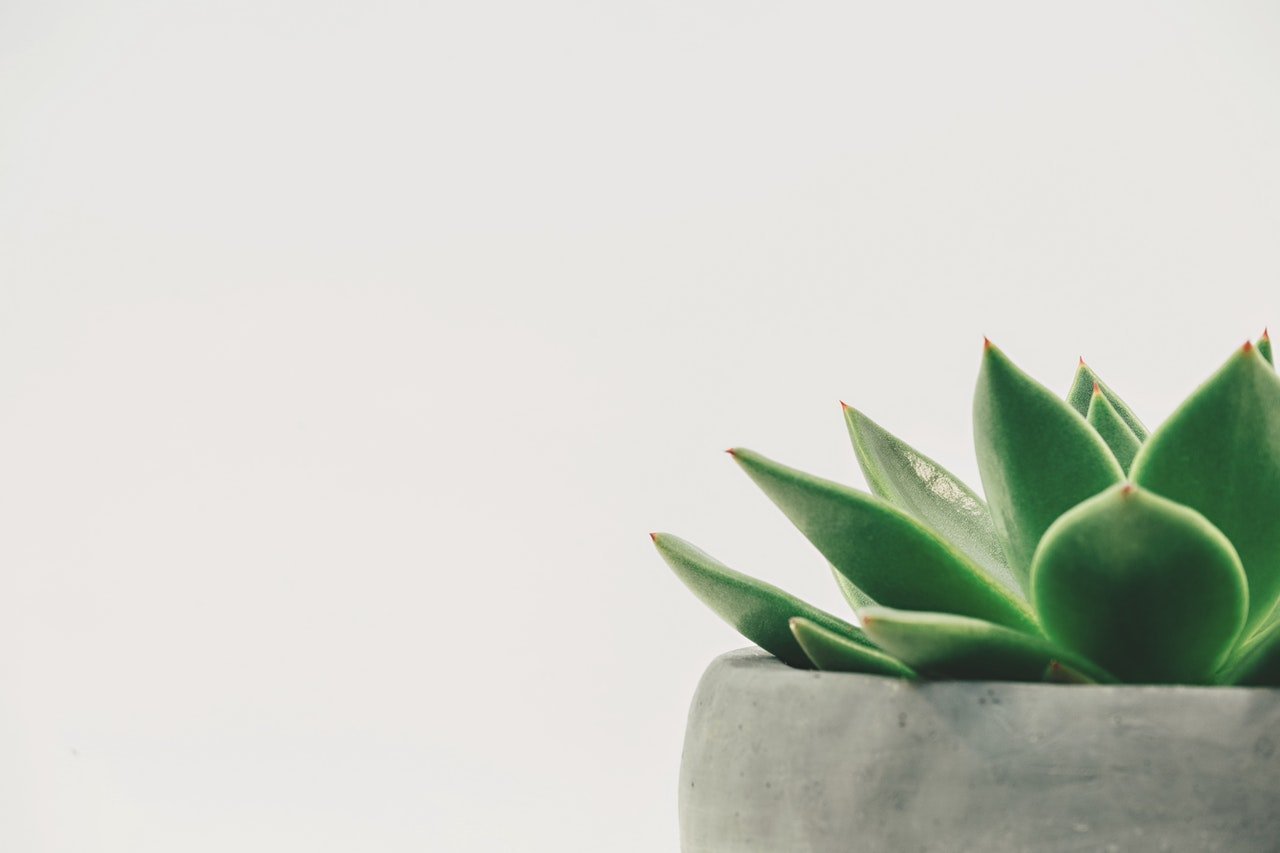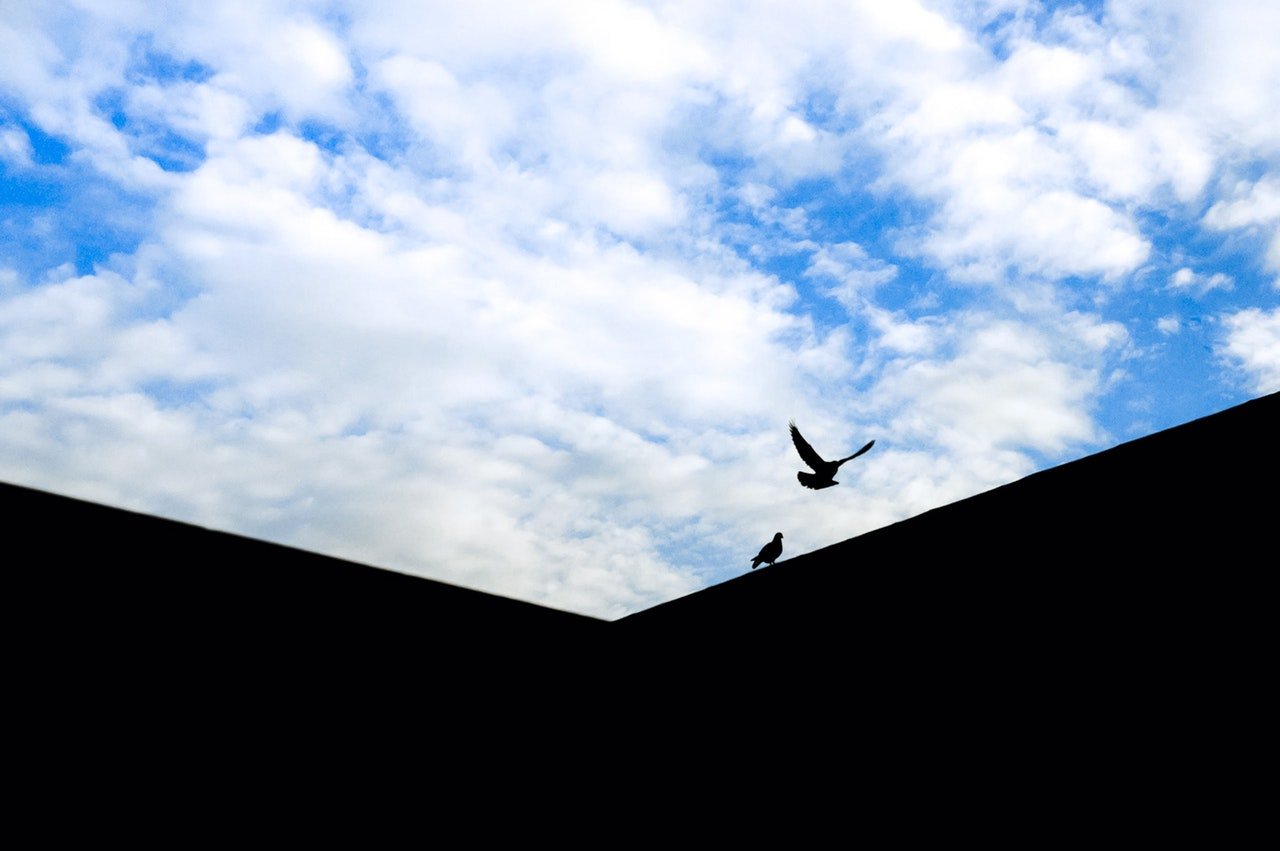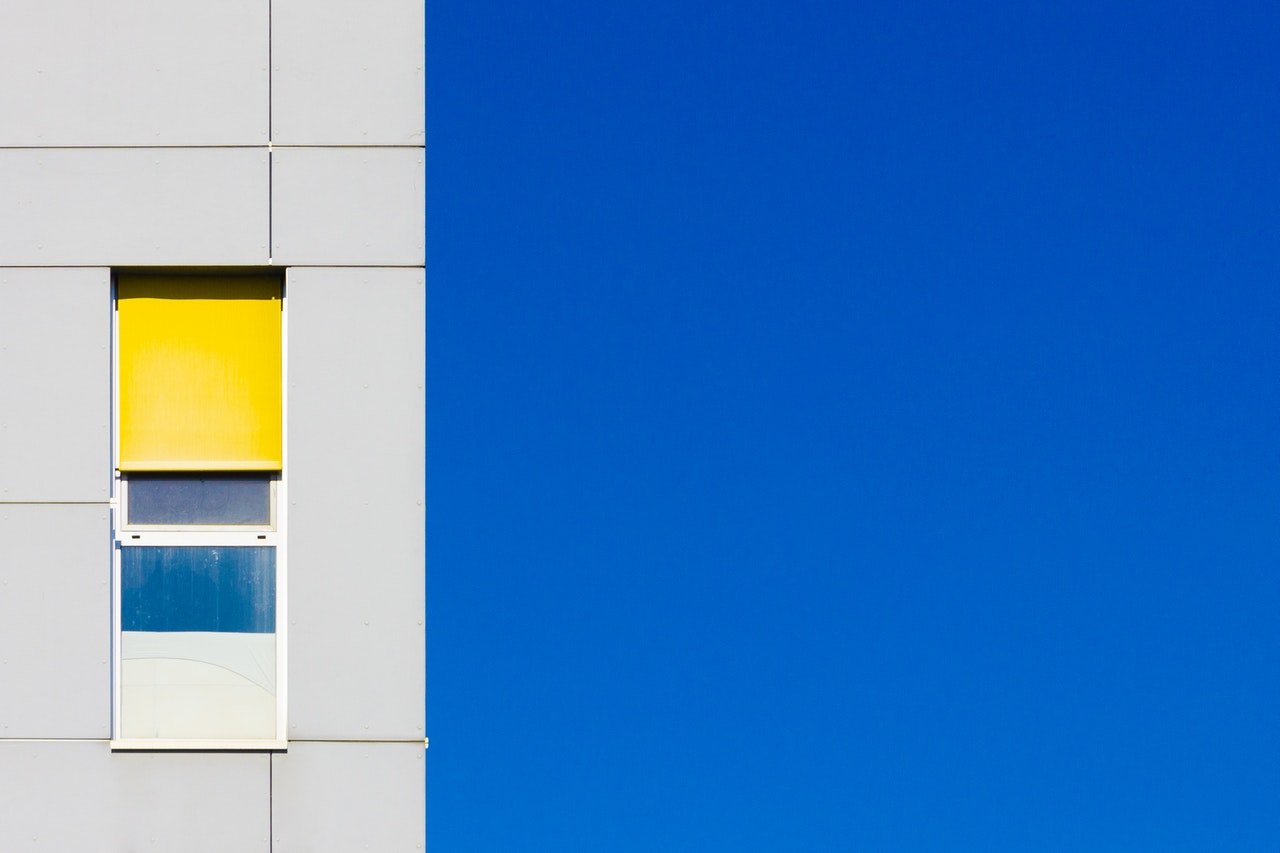
Minimalist photography is rapidly growing in popularity with many photographers, and it’s no hard to understand why.
In our visually-saturated world, the simplistic concept of minimalist photography provides visually-soothing results – with plenty of breathing room. If you’re someone who is naturally drawn to simplicity, you might appreciate minimalist photography. This minimalist style offers a refreshing visual break from the constant flood of information, and visual noise that we face every day.
At first glance, minimalist photography doesn’t look like much effort or skill goes into capturing a single flower vase on a likewise empty table, right? However, as we all know it, capturing the minimalistic photo is not as simple as it seems. There are hidden meanings, emotions and when we really think about it, it’s a lot more challenging to look beyond the obvious for hidden photographic opportunities. That’s why some photographers take years of practice to fine-tune their minimalist photography techniques.
For those who are looking to master the art of minimalist photography, look no further. Today we are going to walk you through the detailed guide that you need to make good use of in order to get the best of what minimalist photography has to offer.
Understand minimalism

Minimalism is a style of art that was employed by many 20th century artists. Artistically speaking, minimalism is based on simplicity to focus the recipient’s attention as well as support general elegance. It involves using a minimal amount of components such as color, shape, line, and texture. The components that are left should be essential for conveying the overall concept or idea of the minimalist art.
Minimalism is a very subjective concept in the art world, leaving interpretation and meaning up to the viewer’s perception of the work. The Webster dictionary defines it as “a style or technique that is characterized by extreme spareness and simplicity. These days, we can meet minimalism in a variety of life fields: architecture, all kind of design, music, food preparation, and photography. Minimalist photography has gone from being a minority sub-genre of architecture and interior design to a highly popular pursuit in its own right. Being applied to many fields, it is its core traits: simple, clean, functional, and meaningful.
Minimalism is splitting the world in two. Many appreciate the openness of the minimalist concept, embracing the freedom of interpretation, while others have a problem with the lack of definition and direction.
As with any art, the minimalism has its own set of challenges – mostly due to the fact that the key principle of minimalism is leaving only essential part of features. Minimalism forces you to view the world differently and will challenge you to try or tell a story through a single object.
Make some cuts

When it comes to minimalist photography, the rule is to keep it simple. We want to achieve a story being told from a composition before it loses its impact. This means, you should include only the components that convey your message the most and you should focus on a single object of your focus. By keeping it simple, you can make the chosen subject more outstanding and eye-catching. Which makes the photograph stick in the viewer’s mind, and probably makes them look it, again and again, to see if they can truly understand the idea of the photograph.
But if said power line has a bird stood on it and if there is also a large tree behind it, this is when you will need to make some decisions. You will need to consider what you are going to include in your shot and what you are going to cut out. This is considered as one of the most difficult tasks of minimalist photography and requires a lot of practice until it becomes the way you see. It is highly recommended that you train yourself to make those decisions in camera instead of cropping unwanted distractions in post-processing.
Rule of thirds

A well-placed subject doesn’t have to be large to make a significant impact. And you also don’t need to position the subject in the middle of the frame for it to grab the viewer’s attention. You can easily add a level of dynamism to the simplicity of a photo by using the rule of thirds.
In case you are not sure of what that is, the rule of thirds is an integral compositional tool that can help when deciding how to frame your subject. The concept is that the subject should not just sit in the very center of the photograph, but towards the corners of the frame.
Imagine the viewfinder as having two lines that split up space horizontally, and two vertically. There are four points where the lines intersect.
Use negative space

Negative space is the simple area around and between subjects of your photo. Space is the valuable breathing room that is an integral part of minimalist photography. Angle your shots up and using the blue sky as a simplified background – just be sure to incorporate plenty of negative space into your photos, enhancing the importance of a subject. No matter the type of photography, be it a landscape, a city space, or a portrait, the inclusion of negative space leads the viewer to see the image better and cleaner. Plainly put, these areas should help to separate and create contrast from the subject.
Use strong leading lines

Lines are huge assets for any photographer, painter, or artist. Lines can draw the viewer’s eye to a subject, or take it away, out of the frame. Vertical and horizontal lines can completely change the appearance of a photograph. They can greatly aid you in case you want to leave out some distractions and shift the whole focus to the main subject.
When it comes to minimalist photography, the strong leading lines are a major influence in your compositions. Using strong vertical or horizontal lines can make strong images and provide a solid structure to the composition.
Strong lines can also create a feeling of connection, of separation, of isolation, of distance, of proximity, and they can give a sense of direction, which in itself is moving in a still image and interesting. Isolating a bird on a top of the streetlight, if done well, can make a great minimalist shot. There are some great opportunities around you all the time, you just have to learn to see them and that requires practice.
Geometric Patterns

When you properly use geometric patterns, they can offer an excellent element of your composition in a very simple but impressive way. Have a look around your local city for geometric patterns when composing minimalistic photos. Modern architecture around you is a good place to find geometric patterns. Park benches, bridges, windows, staircases are all excellent places to find interesting geometric patterns.
Textures and colors

Minimalist photography is not just about focusing on a single subject and looking for the best angles for it. Colors and textures are also essential elements of minimalist photography. What we’re looking for is visually bright colors or contrasting colors, which makes great minimalist subjects. Better still, try using complementary colors, like orange and blue, using one color as your negative space and the contrasting color as your primary subject. Often with the use of contrasting colors and interesting textures, just the angle can make all the difference and increase its impact. Your goal is to capture a photo that the viewer can almost feel like they can graze their fingers across the photograph and feel like the texture.
Experiment and see how you can make it work. Get into different positions – high, low, near, far until you get the shot that will speak to you. You can use light to improve the texture and bring out the colors and contrast. To be able to move to more difficult and ambiguous subjects, you will need to be able to truly understand the philosophical edges of minimalism. We recommend you should study the photo you’ve taken and you should ask yourself what kind of emotions the contrast brings out.
Tell the story

Minimalist photograph attempts to use as few elements as possible to convey a concept or to tell a story. Remember, the minimalist photograph can have a powerful effect when they are well-composed. It’s certainly difficult to try to add a meaning behind your shot, but place a human in the shot and there is a whole new level of depth to it. By incorporating an interesting subject, the right elements, colors, and movement, you can capture a photo that tells a story. The negative area in your photo should help tell a story and should ultimately lead to some type of emotion from the viewer. Whether it’s using humans, object, shapes, or lines, aim to get your message across, what inspired you and what you want the viewer to take away.
Final Thoughts
So now you have a basic understanding of minimalist photography. The next time you’re out with your camera, keep your eye out for possible shots to capture simplified and powerful images. Learning to look for hidden gems of opportunity can be an exciting challenge – and lots of fun.
Don’t be afraid to try new things. Minimalism is a very subjective style, so what you appreciate, others may not. Just remember to enjoy the learning curve, and have fun.
Further Resources
Here is a list of inspiration articles which cover more techniques and tips to help you on your way with capturing your own minimalist images.
Unique Minimalist Cameras For All Budgets in 2020
7 Ways to make your Minimalist photography more…Minimal
Beauty in Simplicity: The Golden Rules of Minimalist Photography
A Step by Step Guide to Mastering Minimalist Photography
What is a Minimalist Photographer?
40 Minimal Photos for your Inspiration
10 Tips for Taking Stunning Minimalist iphone Photos
8 Tips to become Excellent at Minimalist Photography
24 photos that will satisfy your minimal need